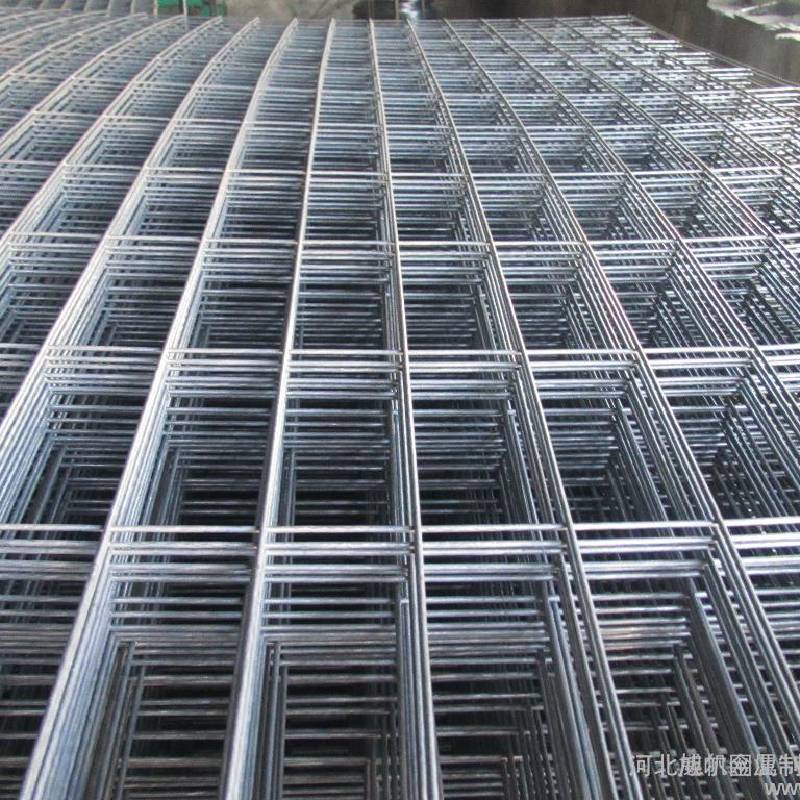
- Mobile Phone
- +8613931874955
- sales@cntcmetal.com
tapered compression spring
Tapered Compression Springs An Overview
Tapered compression springs are a specific type of helical spring designed to provide unique mechanical advantages in various applications. Unlike traditional cylindrical compression springs that maintain a uniform diameter throughout their length, tapered springs gradually decrease in diameter from one end to the other. This innovative design contributes to their versatility and performance in diverse environments.
One of the primary benefits of tapered compression springs is their ability to save space. By reducing the spring's diameter at one end, these springs can be installed in confined or irregular spaces where a standard spring might not fit. This design is particularly beneficial in industries such as automotive, aerospace, and machinery, where space constraints are a common challenge.
The tapered design also allows for a greater load capacity compared to uniform springs. As the spring compresses, the coils can come closer together, which effectively increases the spring rate. This feature enables designers to create lighter spring assemblies without compromising performance, thus optimizing weight and material usage. The result is a more efficient spring that meets the demands of high-performance applications.
tapered compression spring

Furthermore, tapered compression springs are often employed in situations where variable force is necessary. Due to their tapered geometry, these springs can provide a progressive load. As the spring compresses, it can offer increasing resistance, making it suitable for applications such as shock absorbers, where a gentle response is needed initially, followed by increased resistance as compression continues.
Manufacturing tapered compression springs involves precise engineering and fabrication techniques. The choice of materials, such as stainless steel or high-carbon steel, plays a critical role in determining the spring's properties, including strength, durability, and corrosion resistance. Additionally, these springs can be custom-designed to meet specific requirements, including diameter, length, and coil thickness, catering to the exact needs of an application.
In conclusion, tapered compression springs are essential components in many mechanical systems. Their unique design offers advantages in space-saving, load capacity, and variable force characteristics, making them invaluable across various industries. As technology continues to advance, the capabilities and applications of these specialized springs will likely expand, driving innovation and efficiency in engineering and manufacturing processes.
share:
-
Yard Sign Stakes: Reliable Guardians of Outdoor SignsNewsAug.04,2025
-
Wall Ties: Invisible Guardians of Building StabilityNewsAug.04,2025
-
Resilient Web: The Super Guardian Power of Concrete MeshNewsAug.04,2025
-
Masonry Accessories: A versatile assistant on building foundationsNewsAug.04,2025
-
Iron Binding Wire: the 'invisible reinforcement specialist' in the fields of architecture and industryNewsAug.04,2025
-
Dynamic Spring: The diverse functions and excellent performance of Wire Tension SpringNewsAug.04,2025
-
Your Source for Concrete Wall Ties and Masonry AccessoriesNewsJul.10,2025



















